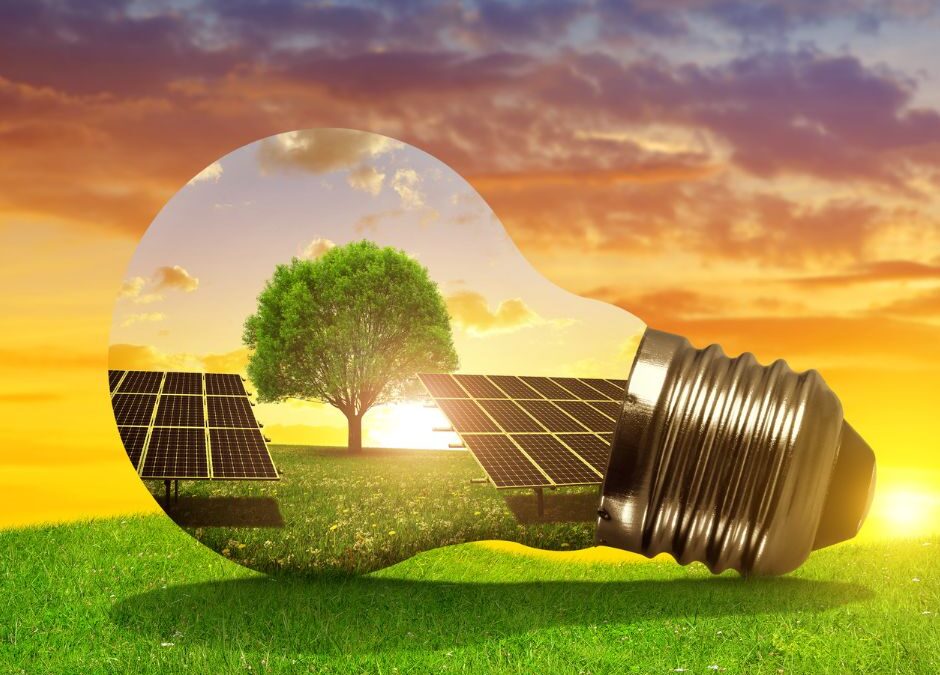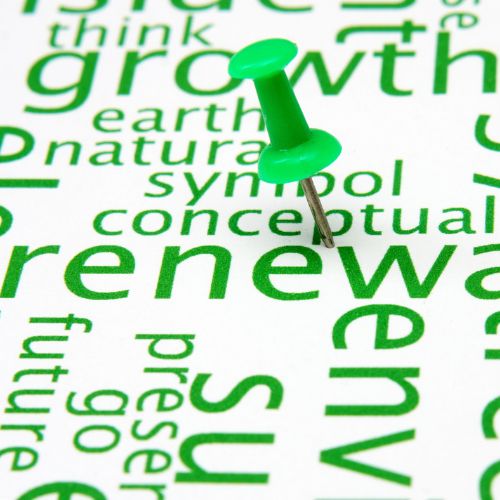
As the world transitions towards a more sustainable future, the adoption of electric vehicles (EVs) is gaining momentum. In Australia, the landscape for electric mobility is evolving rapidly, and with it comes the need for a robust charging infrastructure. We delve into the essentials of charging infrastructure, addressing the unique aspects relevant to Australia and providing valuable insights for those contemplating the switch to electric vehicles.
Current State of Electric Vehicles in Australia
Australia has seen a steady increase in electric vehicle adoption with EV sales representing 8.4% of new cars sold in Australia. With a growing awareness of environmental issues and advancements in EV technology, more Australians are considering making the switch. However, concerns about charging infrastructure remain a significant factor influencing the decision to go electric.
Recent articles have highlighted the challenges faced by electric vehicle owners, including limited charging stations, range anxiety, and the need for a more extensive network to support the increasing demand for EVs. Recognising these issues is the first step to understanding the importance of a well-developed charging infrastructure.
The Importance of Charging Infrastructure
A reliable and widespread charging infrastructure is fundamental to the success of electric vehicles in Australia. Unlike traditional petrol stations, charging stations need to be strategically located to accommodate various driving patterns, including urban commuting and long-distance travel. Businesses, governments, and communities need to collaborate to establish an efficient and accessible charging network that addresses the unique geographic challenges of Australia.
Types of Charging Stations
Understanding the types of charging stations is crucial for both current and potential electric vehicle owners. Level 1 chargers, typically used at home, provide a slow charge, while Level 2 chargers offer a faster charging option, suitable for public locations and workplaces. Rapid DC chargers, found along highways, provide a quick charge for long-distance travel.
Articles discussing the various charging options available can help individuals make informed decisions about the charging infrastructure needed for their electric vehicles, both at home and on the road.
Government Initiatives and Future Developments
Governments at both the federal and state levels in Australia are recognising the need to support the transition to electric vehicles. Articles detailing government incentives and grants can provide valuable information to those considering the switch. Staying informed about these initiatives can help individuals take advantage of available support and contribute to the growth of sustainable transportation.
Overcoming Range Anxiety
One of the main concerns for potential electric vehicle owners is range anxiety – the fear of running out of battery power before reaching a charging station. In 2023 the statistics showed that there were 4 times as many EV cars sold in Australia as the same period in 2022. This led to the need for electric vehicle charging stations to be made available across the country. You can find a comprehensive list of charging stations here.
Switching to electric vehicles in Australia is not just a personal choice but a collective step towards a more sustainable and environmentally friendly transportation future. Understanding the importance of charging infrastructure, staying informed about government initiatives, and addressing concerns like range anxiety are crucial aspects of making this transition. As the charging infrastructure continues to develop, the future of electric vehicles in Australia looks promising, and with the right knowledge, individuals can confidently embrace a cleaner and greener mode of transportation.





